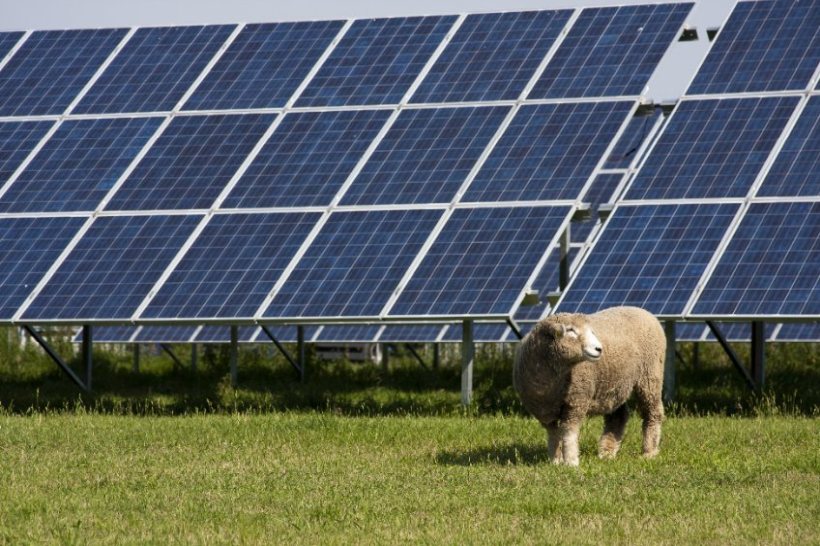
UK arable farmers are facing mounting losses in 2026, with falling grain prices and rising costs pushing many to depend on diversified income to keep their businesses afloat.
New forecasts that combinable crop farmers will face particularly tough conditions next year, with budgets showing losses once full costs – including rent, finance and unpaid labour – are taken into account.
Lower grain and oilseed prices, combined with rising labour costs, have tipped the balance, according to the latest Nix Farm Management Pocketbook.
In contrast, livestock producers are enjoying stronger returns thanks to historically high prices for meat, milk and eggs, while feed costs remain subdued.
The report notes that the dairy sector in particular is set to continue a period of relatively strong profits.
Graham Redman, editor of the pocketbook, cautioned against complacency. “Whilst times for the livestock sector are buoyant at the moment and budgeted to remain that way for much of 2026, this might change quickly,” he said.
He stressed the need for farmers to prepare for a more volatile future: “As we farm without much profit from support any longer, this is the time to build resilience into the farm business.
"Environmental schemes are good for farming as well as the environment, but profit is not the income, as it was with BPS.”
The data shows that an average combinable crop farm will make a loss in 2026 once all fixed and imputed costs are factored in, compared with strong margins for dairy farms and more mixed results for beef and sheep enterprises.
Rising wages, driven by increases in the minimum wage and National Insurance contributions, have added to pressure on farm overheads, alongside difficulties in recruiting and retaining staff.
The Pocketbook highlights that many arable farmers will need to lean more heavily on diversified activities this season. Diversification, which has been steadily growing in importance for over a decade, now provides a critical source of profit across much of the sector.
From renewable energy and tourism ventures to property and contracting services, additional income streams are helping businesses withstand the pressures of volatile commodity markets and reduced subsidy.
David Richardson, who wrote the foreword to the new edition, observed that farming is no longer straightforward. “Farming is not as simple as it used to be, and having the facts and figures to hand is ever-more important,” he said.
The 2026 edition of the Farm Management Pocketbook also covers emerging areas such as paludiculture, agroforestry, regenerative farming and the economics of small farms.
It includes an updated review of labour requirements in the livestock sector, alongside detailed analysis of the financial outlook for each major farming enterprise.
The publication is intended to support farmers, students and agribusiness professionals in understanding costs, markets and opportunities as the industry heads into an uncertain period.
